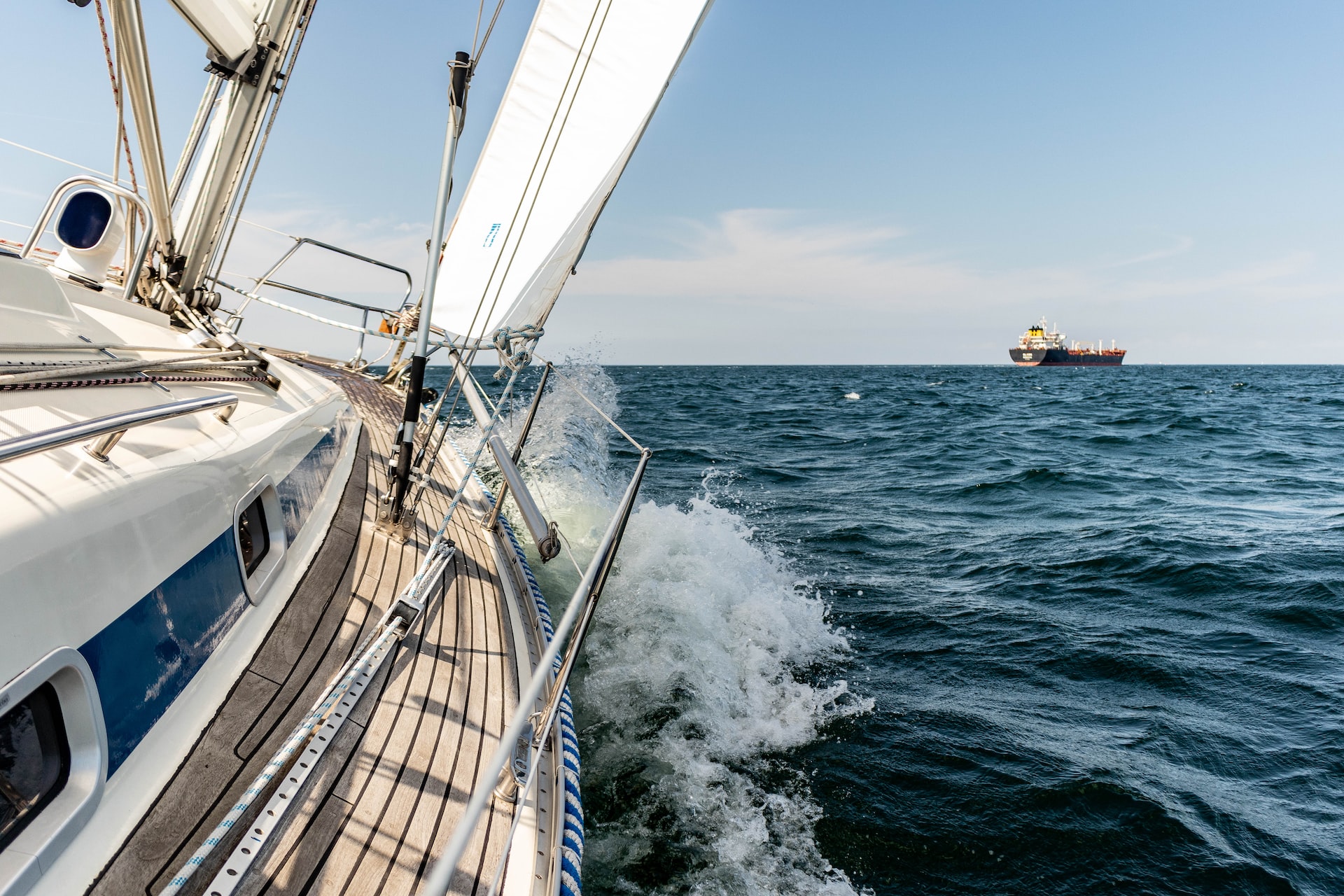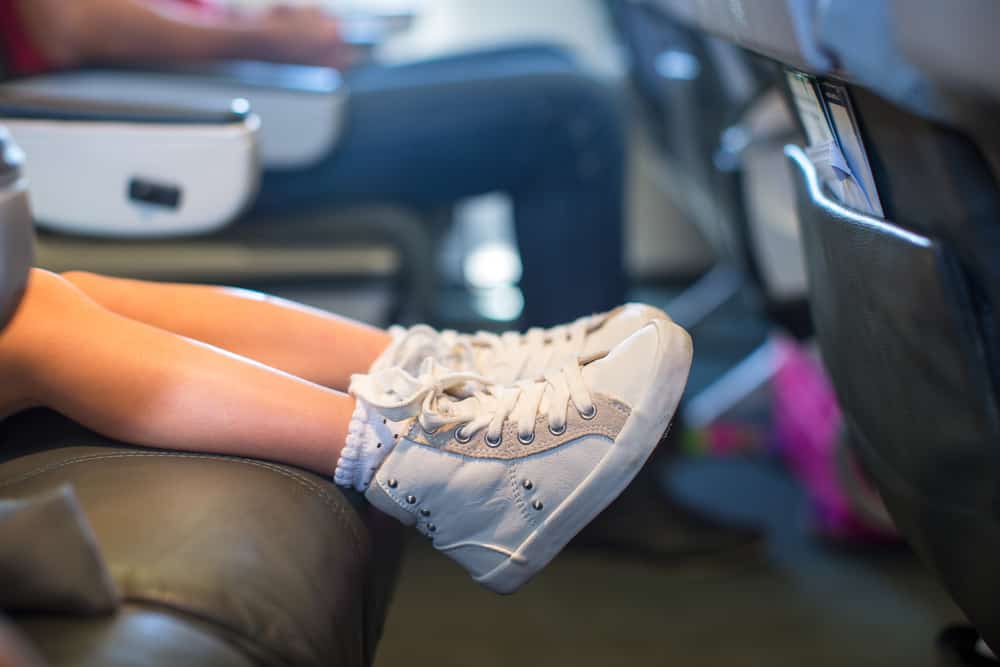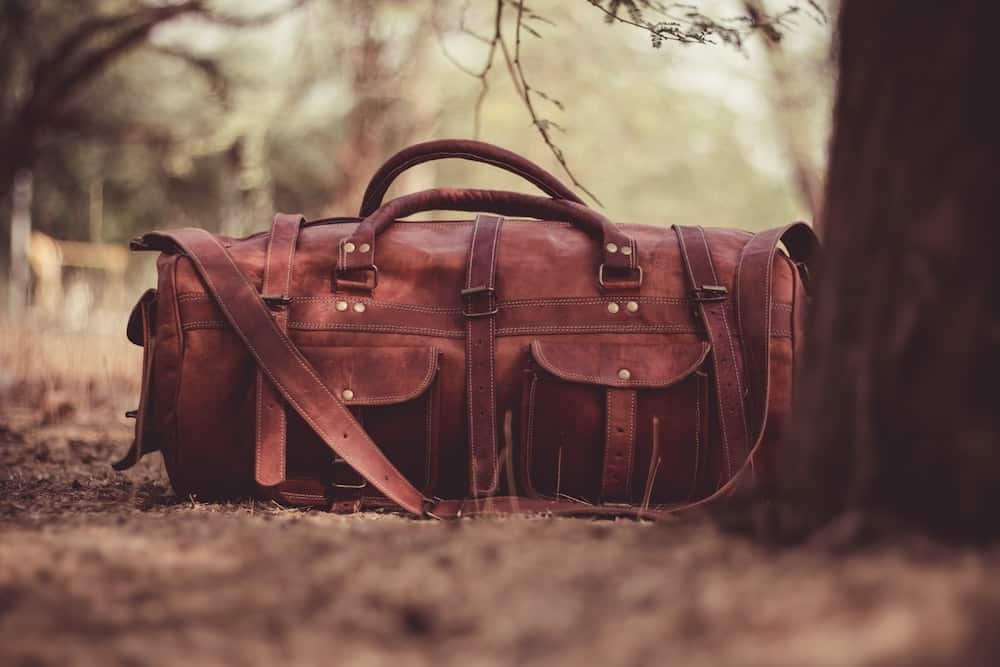It would seem that choosing lines for a sailboat should be straightforward.
After all, it’s just plain rope. Well, a decade or two ago, it was, but cordage has substantially improved thanks to technology, just like electronics, safety equipment, and even sails.
The drawback to all these advancements is that, in addition to having more alternatives than ever, you might feel like you need a degree in materials science to select the appropriate sailing ropes.
Here, we’ll examine the different options and the benefits of using more modern, high-tech materials.
Fibre Options
Different materials used in boat ropes have varying properties such as strength, stretch, abrasion resistance, and UV resistance.
The most common materials boat lines are made of are synthetic fibres like nylon, polyester, polypropylene and Dyneema.
Nylon
Nylon, one of the first synthetic fibres, offers excellent shock absorption, wear, UV resistance, and strength properties.
Nylon cordage products are great for use as dock and anchor lines and are reasonably priced.
There’s a big problem with nylon, though.
Nylon is more prone to breaking than other options.
It also can store a lot of energy, so when it tears, that energy can be released extremely fast, perhaps injuring anyone hit by the rope as it snaps back away from the area where it was stretched out to the point of breaking.
Polyester
This is a great solution for applications involving running rigging where strength, minimal stretch, and durability are essential.
Polyester is ideal for all kinds of sailing and uses because it is also competitively priced.
On cruising yachts, it has long been the chosen rope for halyards and sheets.
Polypropylene
Polypropylene lines are lower priced compared to other options.
As a result, they are ideal for uses where a lightweight or cost-effective line is crucial.
Because it floats on water, the polypropylene line is an excellent choice for light air spinnaker sheets and ski and dinghy tow ropes.
It has a high stretch factor, dissolves at low temperatures, and is not very robust or UV resistant.
Due to its high susceptibility to UV deterioration, polypropylene isn’t typically used in cruising-boat lines alone.
However, it is occasionally mixed with other fibres that gain from its lightweight, affordable characteristics.
Dyneema
Dyneema, also known as ultra-high molecular weight polyethylene (UHMWPE), is a man-made fibre that offers several advantages over other materials for boat ropes.
It is a high-strength, low-stretch material that is lightweight and incredibly durable.
It is also resistant to UV radiation and chemical exposure, making it an excellent choice for boat ropes exposed to harsh conditions.
One of the most significant advantages of the Dyneema cord is its high strength-to-weight ratio.
It is up to 15 times stronger than steel, yet it weighs much less, making it easier to handle and reducing the overall weight of the boat.
This line fabric also has a low-stretch property.
As a result, ropes do not stretch under load, providing a consistent level of tension and control.
For this reason, sailors buy the sturdy Dyneema rope for applications such as sheets, halyards, and control lines where precise control is essential.
Another advantage is the abrasion resistance.
These ropes are exceptionally durable, making them resistant to damage from friction, abrasion, and wear.
As a result, the Dyneema synthetic rope is an excellent choice for mooring lines, anchor lines, and dock lines exposed to constant movement and abrasion.
Dyneema ropes are also easy to maintain, as they do not absorb water and are resistant to UV radiation.
It means they do not deteriorate or become brittle over time, providing long-lasting performance and reliability.
Construction
Construction can also determine which types of applications a line will be suitable for.
Additionally, it can also affect the overall strength of the fibre.
There are three main construction types for sailing lines:
- Single Braid – This type of line is excellent for mainsheets, furling lines, and huge dock lines. It’s known for its soft and elastic design, which absorbs twists and does not kink.
- 3-Strand – The 3-Strand construction results in a line that is strong, resilient, adaptable, and simple to handle. And best of all, it won’t harden with time. Use 3-strand constructions for rigging on standard cruisers or nylon 3-strand for anchor, dock, mooring, and tow lines.
- Double braid – A braided core enclosed by a braided cover is referred to as a double braid. It makes for a robust, long-lasting rope that is manageable. That said, some of its main uses are running rigging and dock lines.
Type of Boating Applications
There are several types of ropes used in boating, each serving a specific purpose. Some of the most common types of ropes used in boating include:
- Mooring Lines – These are used to secure the boat to a buoy or dock. They typically consist of synthetic ropes that have great strength, stretch, and abrasion resistance, like nylon or polyester.
- Anchor Lines – As the name suggests, these lines are used to secure the boat when anchoring. They are usually made of nylon or polyester, which have good strength, low stretch properties, and good abrasion resistance Three-strand rope, which possesses flexibility and abrasion resistance, is preferable for nylon anchor lines, though braided rope can also be used. If you decide to use a braided line, be careful to choose one that won’t snag easily.
- Dock Lines – Dock lines are used to tie the boat to a dock. They are usually made of nylon or polyester. If you have permanent dock lines, you should protect them against chafing because they will be used all the time. Chafe guards, eye splices, or galvanised shackles can all be used for this.
- Sheet Lines – These lines are used to control the movable parts of the sails. They are usually made of low-stretch synthetic materials such as the Dyneema line.
- Halyards – Halyards are lines that raise and lower the sails. They are usually made of synthetic materials such as Dyneema, which have high strength.







